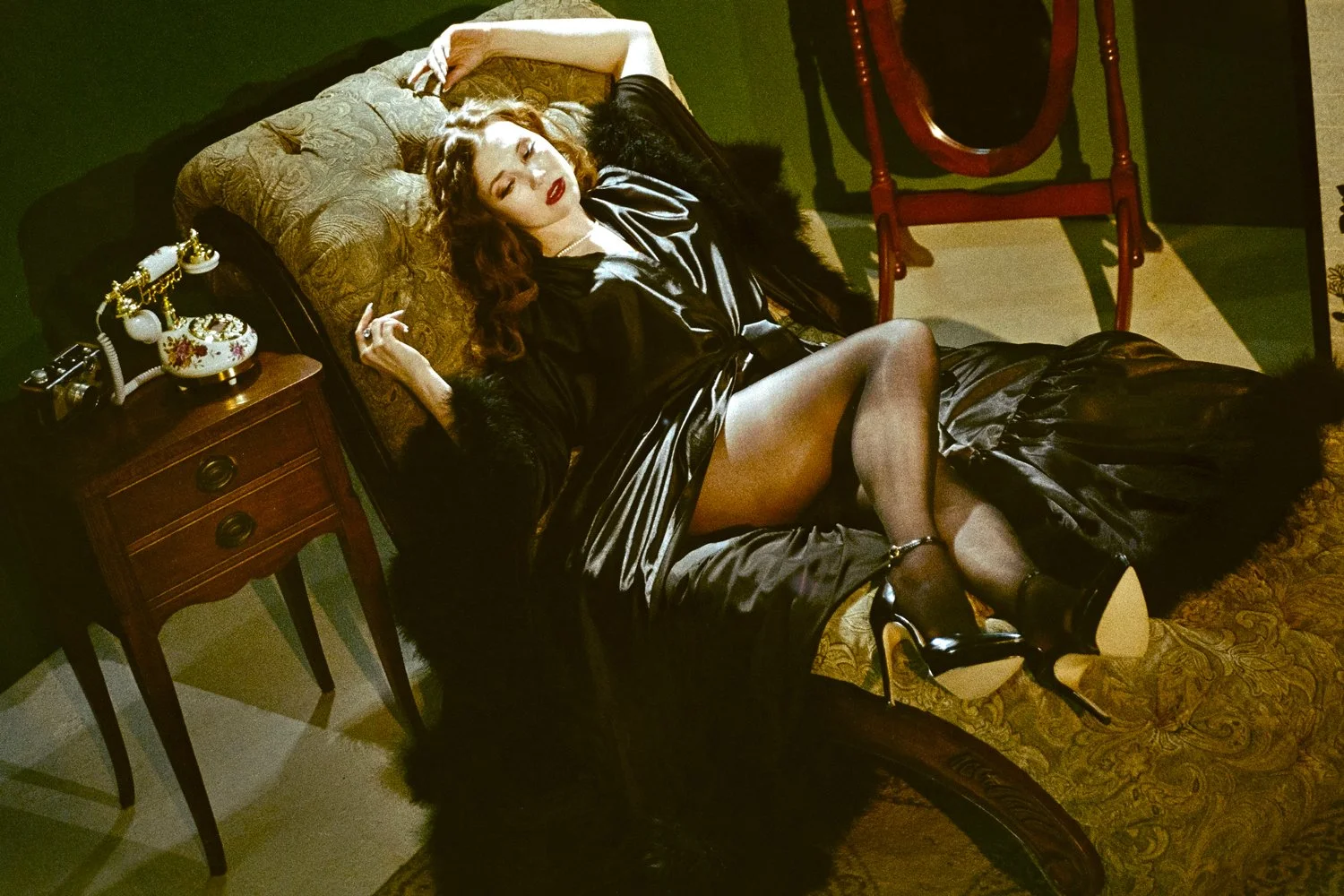Rediscovering My Love for Photography Through Film
After nearly two decades of shooting digital in my professional career, I started to feel... stuck. The process became predictable—shoot, edit, post. Rinse and repeat. I found myself searching for something new to reignite that creative spark that got me into photography in the first place. That’s when I decided to go back to shooting with film.
Why film, especially when it's so expensive these days? Good question. The answer is simple: I got way too comfortable with my mirrorless cameras—and before that, DSLRs. I needed a shake-up. Something to push me out of autopilot. Film does that. Every shot counts. There’s no instant feedback. It forces you to slow down and think.
And yeah, film isn't cheap. Just the other day, I stopped by my local camera shop to pick up some rolls for my Nikon F100. I grabbed three rolls for $38.69—before tax. Breaking it down, that's about $13 per roll plus another $10 to get it developed. That means each roll sets me back around $23, give or take. Three rolls? That’s almost $70. That’s also part of why I stopped shooting film in the first place—cost adds up fast.
But even knowing all that, I'm hoping this return to film can help me reconnect with photography in a more meaningful way.
I’ve always loved shooting fashion on film. With only 24 or 36 exposures, you really pay attention to what you’re doing. You’re more intentional—watching your light, noticing small details, engaging with your subject on a deeper level. There’s no mindless clicking. It slows you down in the best way.
Now, I know there are some purists out there who believe once your film is developed, that's it—no editing, no retouching. Just scan and print. Respect to them. But I’m not there yet (maybe one day). I still like to give my shots a bit of polish—even my film ones. Here’s what my process looks like:
After a shoot, I take my film to a local camera store to get it developed—but I ask them not to cut the negatives. I love cutting my film myself. It’s part of the ritual now.
For digitizing, I set up my Sony ZV-E10 with a Sigma 90mm macro lens, mounted on a tripod pointing straight down. (I’ll include a photo of my setup below.) I tether the camera to Adobe Lightroom and use a plugin called Negative Lab Pro, which does an amazing job converting negatives to positives. (I'll drop a link below if you're curious.) From there, I do a bit of editing in Lightroom, and then it's time to share the magic—on my website, on social media, wherever.
Going back to film isn't just about nostalgia. It's about rediscovering the why behind what I do. And so far? It's working.
Developed at: PJ Camera, 662 Roosevelt Rd, Glen Ellyn, IL
Software: Adobe Lightroom with plugin: Negative Lab Pro
Model: Shiana A Poland
Model: Shiana A Poland



